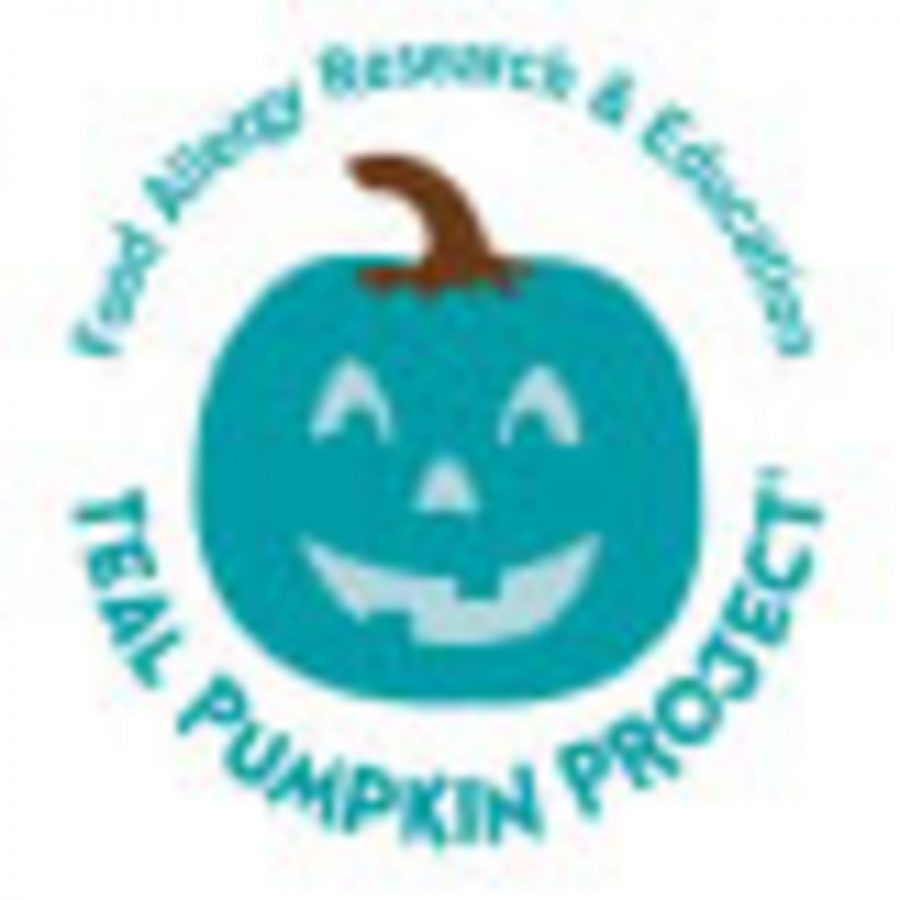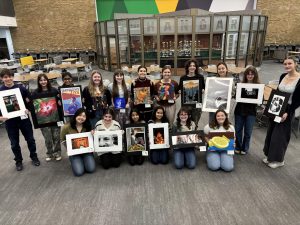Painting pumpkins for good cause
Safety is a priority when it comes to halloween. Parents worry about children going missing, finding razor blades in candy and most recently drug laced candy. What most parents do not worry about it finding peanuts or nougat in their children’s candy.
October 14, 2015
Carved pumpkins, lights ablaze, sitting on the front porch of a home has signified for years that a house was open for trick or treating.
Children with food allergies have found a new symbol to look for; a teal pumpkin. Seeing a teal pumpkin on a porch means that the home has toys and treats other than candy available.
The FARE website said “Teal is the color of food allergy awareness and has been used to raise awareness about this serious medical condition for nearly 20 years.”
‘The Teal Pumpkin Project’ has taken the internet by storm as children have grown tired of being excluded from the holiday are demanding new options. If allergies are severe enough then candy with nuts, milk or allergens cannot touch the other candy.
The FARE’s website said, “FARE’s Teal Pumpkin Project™ promotes safety, inclusion and respect of individuals managing food allergies.”
Alternative options include small toys, stuffed animals, bubbles or other small toys.
Posting a sign on your door along with the pumpkin that says you are a supporter of the project will help children be aware of the cause and alert them to alternative options.
Former student William Reisenberg said, “I used to not go out trick or treating because I got so little that I could eat. It wasn’t worth it to go out.”
The project began in 2014 and is active in 7 countries across the world, with over 100,000 participants. It was started by the association for Food Allergy Research and Education.
The push is not to end the tradition of candy on Halloween. The goal is to have accommodations in place for those who need them.







